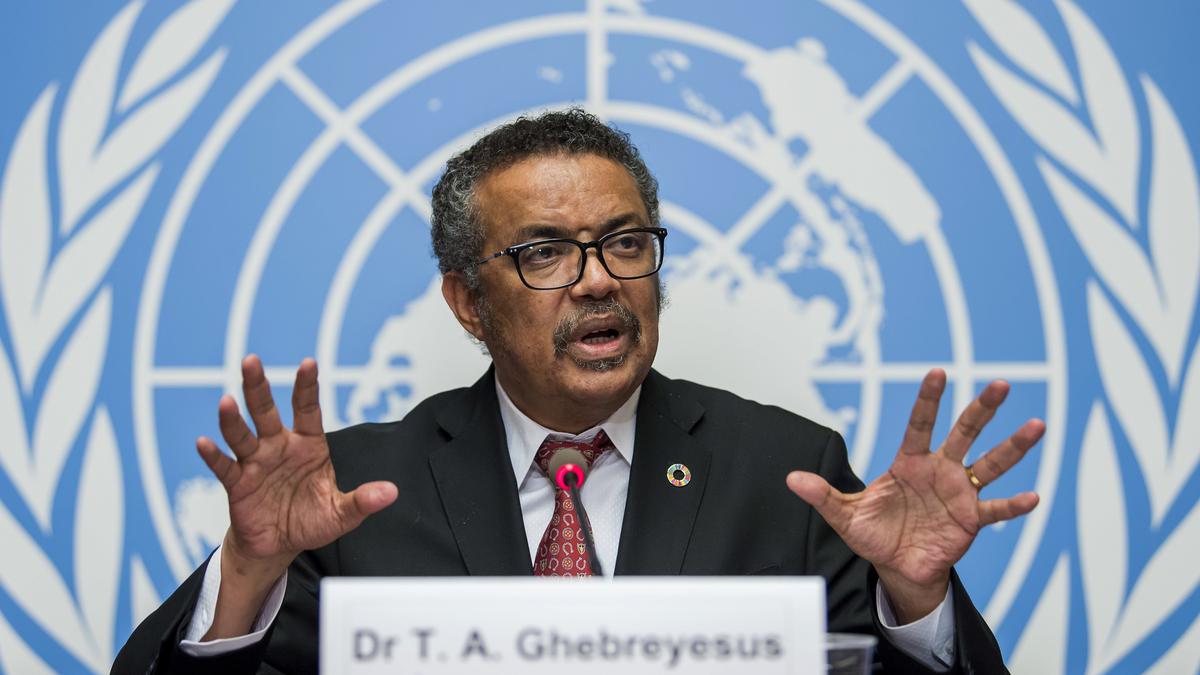WHO Pandemic Agreement: A Landmark Step Towards Global Health Security

- 21 May 2025
Context:
The World Health Assembly (WHA), the decision-making body of the World Health Organization (WHO), adopted the first-ever Pandemic Agreement at its 78th session in May 2025. This historic and legally binding agreement, three years in the making, aims to strengthen global pandemic preparedness, prevention, and response with a focus on equity, solidarity, and scientific evidence. Triggered by the gaps and inequities exposed during the COVID-19 crisis, the accord marks a milestone in global health governance under Article 19 of the WHO Constitution, previously used for the 2003 Framework Convention on Tobacco Control.
The agreement was unanimously approved by 124 countries, with no opposition and 11 abstentions. It emphasizes that national sovereignty remains intact, explicitly stating that WHO cannot mandate domestic laws or measures such as lockdowns, vaccine mandates, or travel restrictions. This provision addresses concerns of state overreach and promotes voluntary, collaborative international action.
A central feature is the creation of a Pathogen Access and Benefit Sharing (PABS) system, wherein countries that share virus samples will receive equitable access to vaccines, diagnostics, and therapeutics. Participating pharmaceutical companies must allocate 20% of their real-time production (10% as donations, 10% at affordable prices) to WHO for distribution based on public health needs, especially in developing nations. This move addresses the vaccine nationalism witnessed during COVID-19 and promotes global health equity.
To support this system, the agreement calls for the establishment of a Global Supply Chain and Logistics Network (GSCL), coordinated by WHO, to ensure timely and fair distribution of essential health products during public health emergencies. Member states are encouraged to develop national pandemic prevention plans, improve disease surveillance, and invest in routine immunisation, antimicrobial resistance control, and zoonotic disease prevention.
Another key pillar is the promotion of sustainable local production of health products and technology transfer to developing countries. Mechanisms such as licensing, regulatory incentives, and financing are to be used to facilitate regional and global tech hubs. These efforts are aimed at reducing reliance on a few manufacturing nations and improving rapid response capabilities globally.
The agreement’s adoption is politically significant in reaffirming multilateralism amid rising nationalism. WHO Director-General Dr. Tedros Adhanom Ghebreyesus hailed it as a “victory for public health and multilateral cooperation.” However, the absence of the United States — a major global health funder and former leader in pandemic response — casts a shadow. The U.S. withdrew from the drafting process following the Trump administration’s move to exit WHO, raising concerns about the treaty’s universality and enforcement.
Despite the lack of a penalty mechanism for non-compliance, the agreement represents a global consensus on shared responsibility for health security. It acknowledges that pandemics pose transboundary risks requiring coordinated international action, especially to protect vulnerable populations and frontline workers.
Expected to enter into force after ratification by 60 countries and the finalisation of PABS and GSCL mechanisms by May 2026, the WHO Pandemic Agreement is a pivotal step in ensuring the world is better prepared, more resilient, and more just in the face of future pandemic threats.
